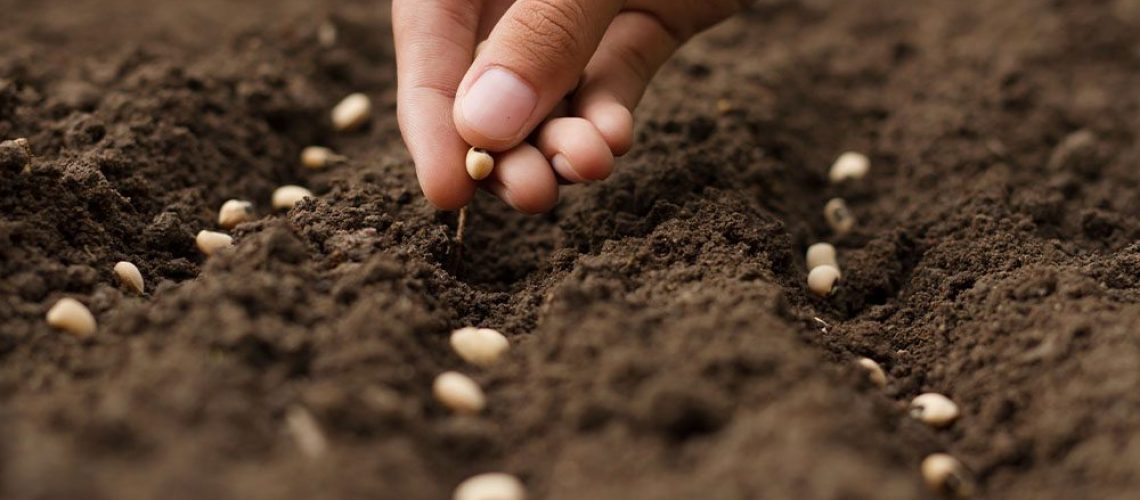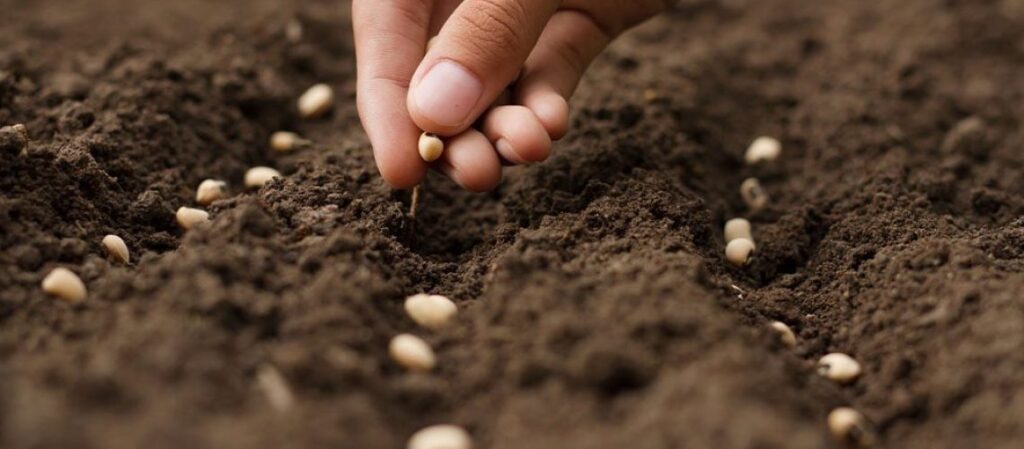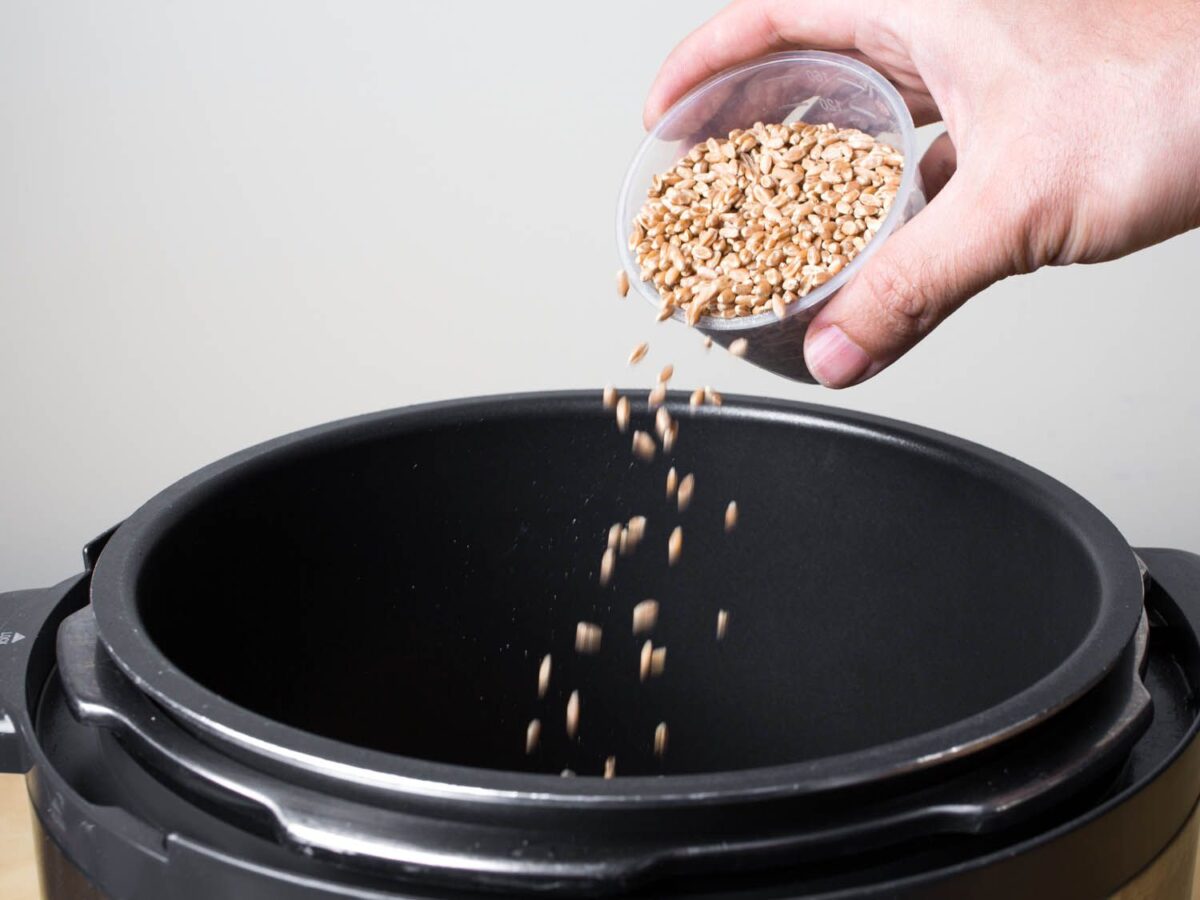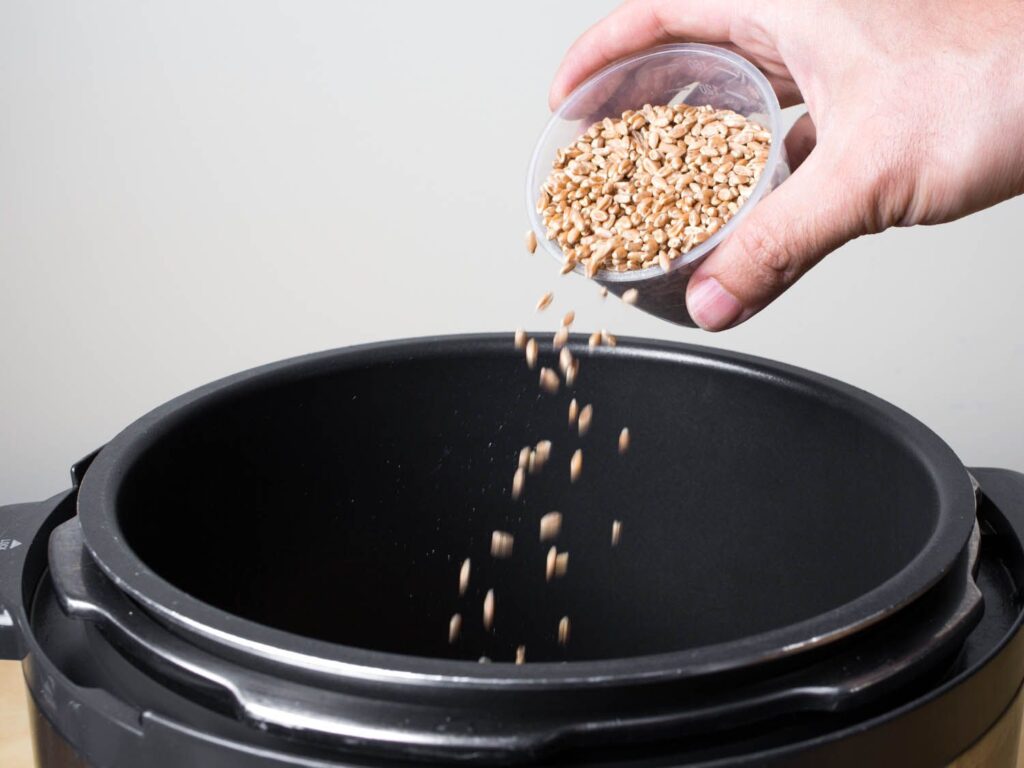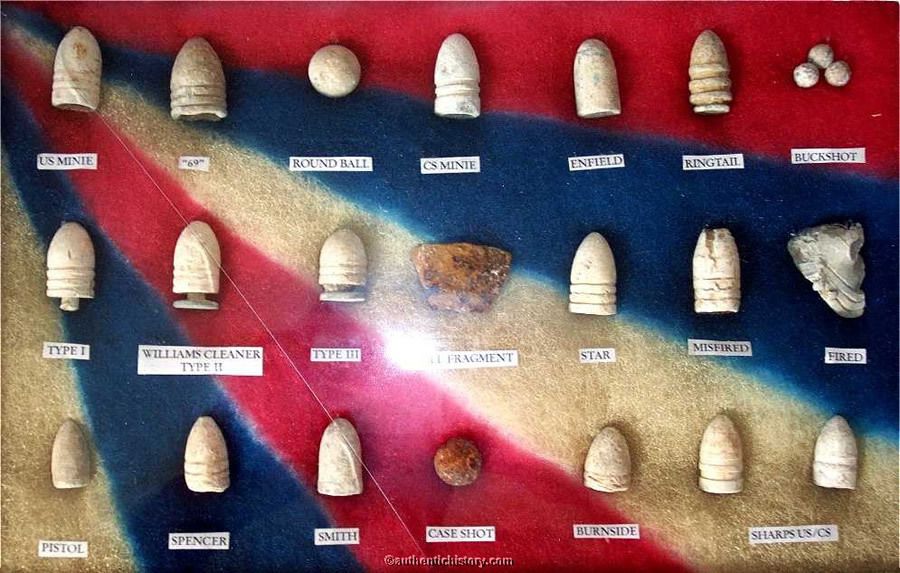In spite of not being the common favorite among tourists, Germany, a country that is totally rich with culture and heritage has somewhat been able to generate a good following still. Still trying to forget about their gloomy past, Germany hasn’t quite been able to detach itself from the awful Holocaust era during World War I. Still, as being one of the most progressive countries in the world, Germany has somewhat been able to pick itself up from the ashes of its dark and awful past to show the world that they’re not a conceited and arrogant nation after all.

With the well-balanced mix of modernity and lush country sides, touring around Germany is sure to be a wonderful adventure that you’re sure to remember – if only you have a car to use for your sightseeing. Car rental Germany isn’t really that hard to book, well, just to be safe, a good piece of advice is to book you car rental Germany, way before you even set foot in the country.
As industrialized and urban as they may be, unfortunately, Germans aren’t really that fluent in conversing in English so it’s highly likely for you to not be able to be able to communicate well with them. It’s best that you find a good, reputable and affordable car rental for Germany while you’re still planning your trip, this way, you can spare your self the hassle of ending up with a vehicle that you’re not comfortable in, much join worse, nothing at all. While planning out the places you want and most likely will visit during your stay in Germany, map out the distances from each of your chosen places, try to assess if it’s really more practical to avail of car rental Germany or if it’s still best (and cheaper) to just take the mass transportation vehicles.
Also, how long are you actually going to stay in Germany? Would your expenses actually allow you to still avail of car rental Germany? Also, another very important point to remember is, driving in Germany – as well as in other European countries, requires you to drive on the right side of the road. A lot of people have actually had some difficulty click with regards to this so you might as well take note of this before actually booking for your self a car rental for Germany. If this proves to be a hassle for you, ask your vacation companions if they’re comfortable driving on the right side of the road, anyone who’s more than willing to act as your designated driver will solve your problem easily.
However, if you’re traveling alone or your companions can’t drive on the right side of the road, worse, if they can’t drive at all but you’re sure that car rental Germany is what will make your stay in Germany worthwhile, prepare your wallet for booking your self a here professional driver. Ask the car rental Germany agency to book you with someone who speaks good English, doesn’t need to be superb nor remarkably fluent but someone who can at least understand what you’re saying and vice-versa.
There’s nothing worse than being stuck in a foreign country with a hired driver who you can’t communicate with, aside from being a total waste of money, you’re bound to leave Germany with a big headache. Don’t be daunted by this “little obstacles”, just plan ahead and you’re sure site to be able to enjoy your vacation in Germany completely with no hassles plus you’ll be somewhat of an expert when it comes to car rental Germany.





